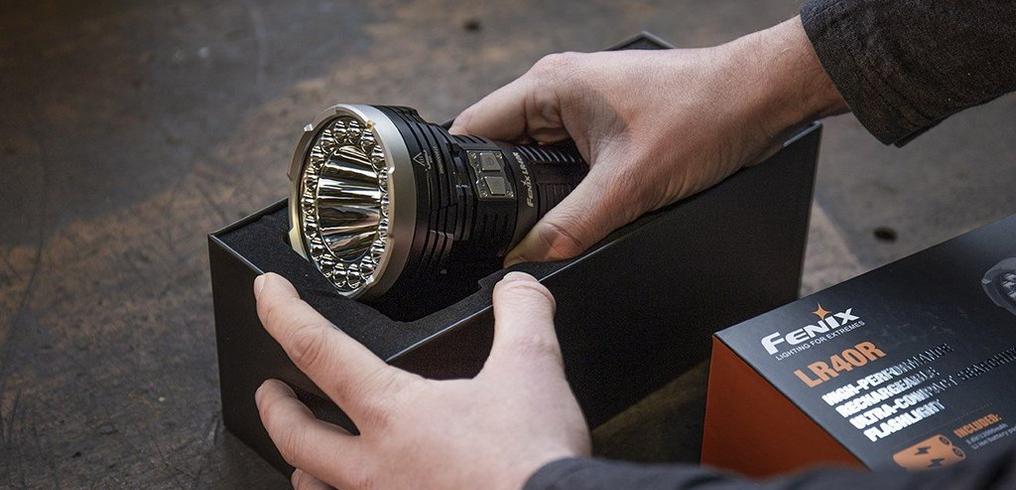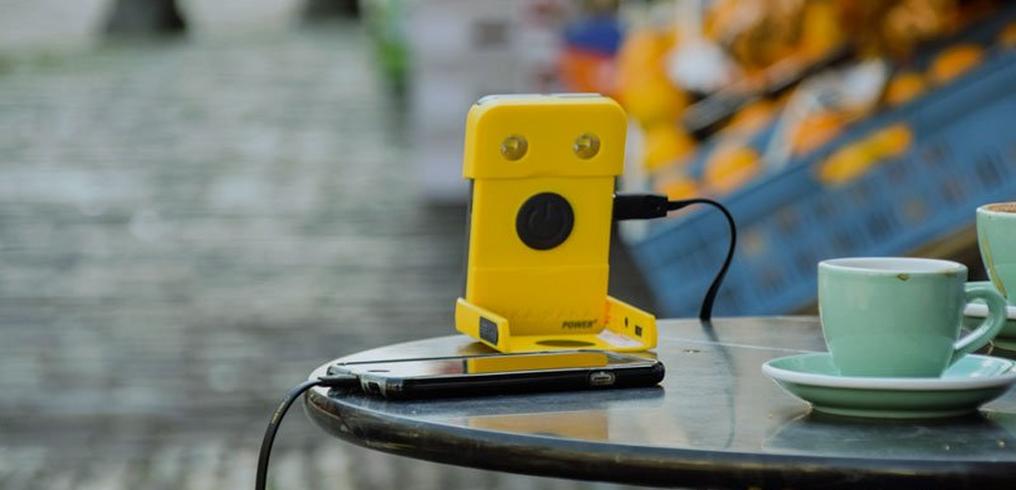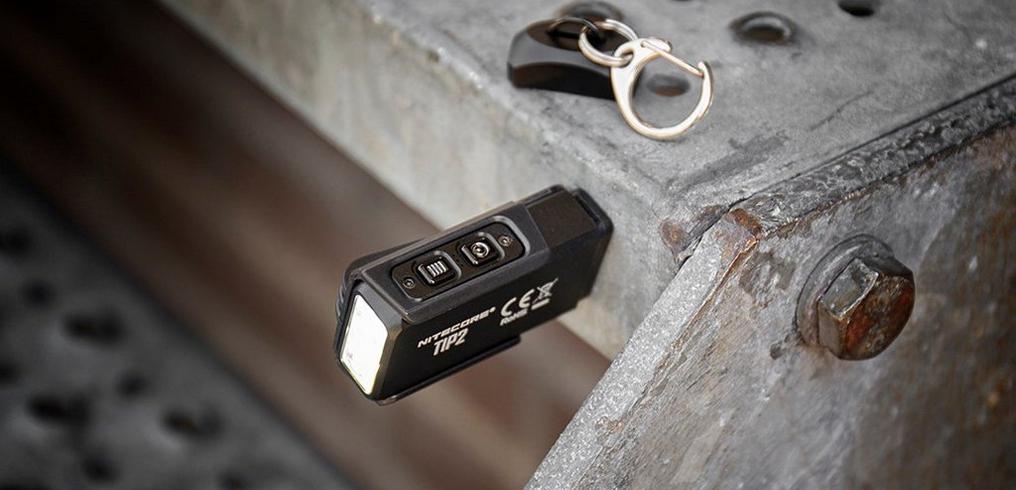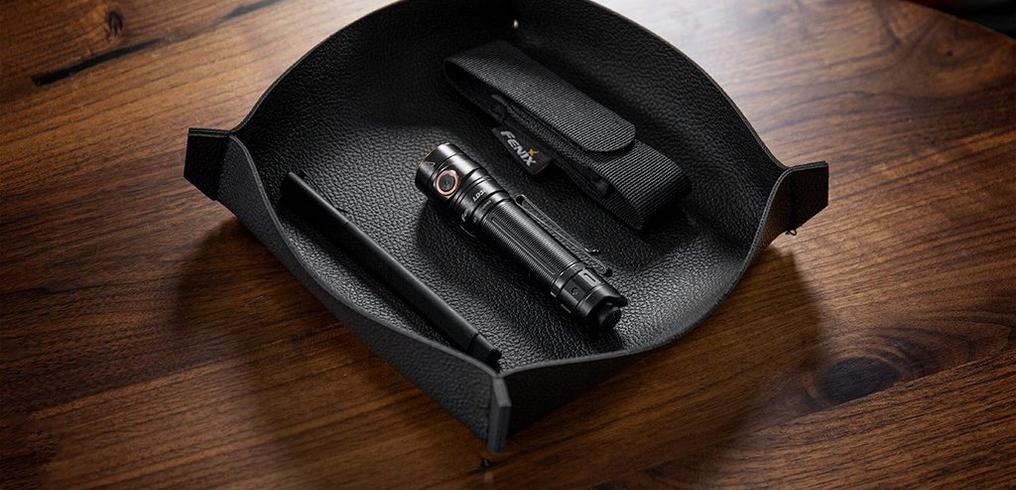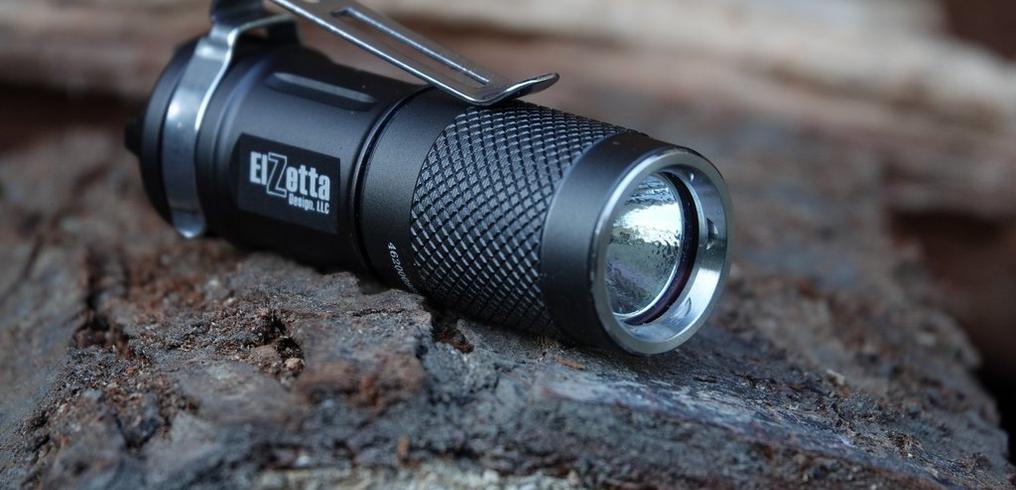Lumen, Lux and Candela
On the packaging of flashlights and head torches you often see terms like lux, candela and lumen in the specifications of flashlights and head torches. But what do they mean? And why don't you see watts anywhere? Let us give you an overview of all those terms. Very handy if you're looking for a flashlight or head torch, or if you just want to refresh your memory.
What are lumens?
Lumens tell you how much light comes out of a lamp. This is measured at the source of the light, i.e. immediately in front of the bulb. For this reason, the number of lumens doesn't say anything about how far the light shines. That depends on how the light is bundled. A focused beam shines further than a wide beam. This is why you should always check carefully when you compare two lights. Fortunately, manufacturers always indicate how far the lamp shines. Read more about a flashlight's range here.
You may have also come across ANSI lumens. ANSI stands for American National Standards Institute. It is an American standard for measuring the number of lumens. The great thing about this is that you can easily compare lamps that have an ANSI lumen indication, because the number of lumens is measured in exactly the same way for both lamps.
These days you see lights becoming brighter, and that trend will continue. But you don't have to worry about whether such a bright lamp is allowed. Any amount of lumens is legal. Of course, be sensible and don't just shine your lamp in someone's eyes.
Why don't you see the number of watts anywhere?
With modern flashlights you nearly always see lumens, but (almost) never the wattage. What is the difference between lumens and watts? Before there were LED lamps, wattage was often mentioned. Wattage indicates the lamp's energy consumption. This was a convenient way to estimate the brightness of a light bulb. But with LED bulbs, wattage and brightness are not so closely related. This means you can't say that a 200-lumen LED bulb consumes a certain number of watts. It varies for each LED. And bulbs are becoming ever more energy efficient. So they use fewer watts, but they shine brighter.
How many lumens do you need?
So, lumens indicate the brightness of the light. But how do you know how many lumens you need? The amount of lumens depends on what activity you're going to be doing. Here is our overview of the number of lumens with an example:
- 10-20 lumens: for close tasks (eg map reading)
- 20-150 lumens: for simple tasks (eg a job in the meter box)
- 160-200 lumens: for slightly further distances (eg illuminating a well-marked path)
- 200-500 lumens: for good illumination of a larger area (eg if you need to figure out where the path goes)
- 600-1000 lumens: for tactical tasks (eg as directional light)
- more than 1000 lumens: for when good vision really counts (eg in a search and rescue operation)
What does candela mean?
So lumens tell you how much light comes out of a lamp. But they don't tell you anything about how focused or wide the light beam is. Candela helps with this. This number gives you a good idea of whether your flashlight or head torch has a wide or focused beam. Candela is Latin for candle, and 1 candela is approximately equal to the amount of light a candle provides. Candelas measure the intensity of light at a given beam angle. It's a bit too complicated to really go into depth on this here, but what you need to know is that the larger this number is, the more focused the light beam is. For instance, if you're looking for a lamp that you can use to shine through fog or smoke, then you need a lamp with a high candela number. And if you want to do things close by, such as map reading, you can do this with a lower number of candelas.
What does lux stand for?
Lux indicates the amount of light on a given surface. It is actually the number of lumens per m2. You don't see this measurement very often in the specifications of flashlights, because lux depends on the distance between the light source and the surface. The larger that distance is, the smaller the number of lux becomes. And because your flashlights and head torches are usually moving, lux doesn't tell you very much. So you don't really have to think about this when choosing your flashlight or head torch.
Final words
Hopefully we've given you a little more insight into the world of flashlight terms, and helped you with your choice. You can easily filter our selection of flashlights and head torches by number of lumens, beam range and beam type.
